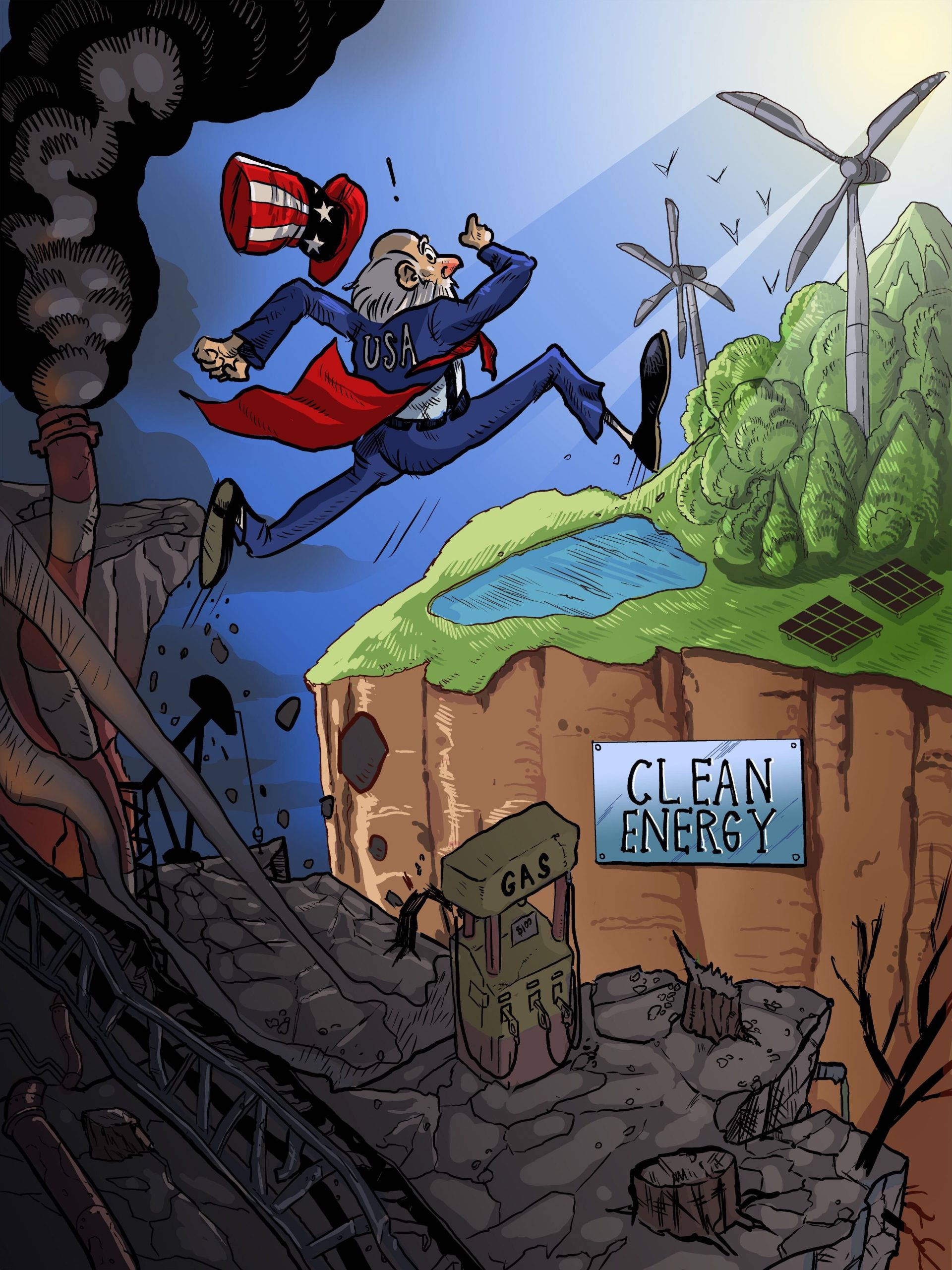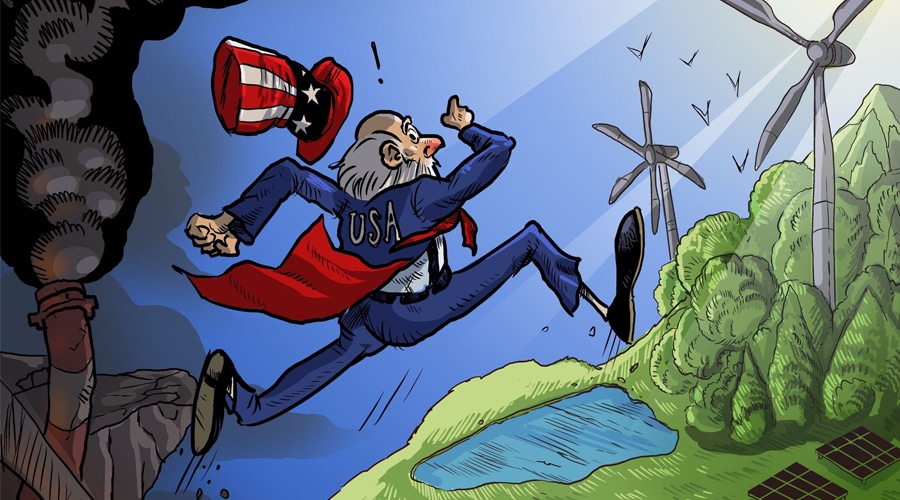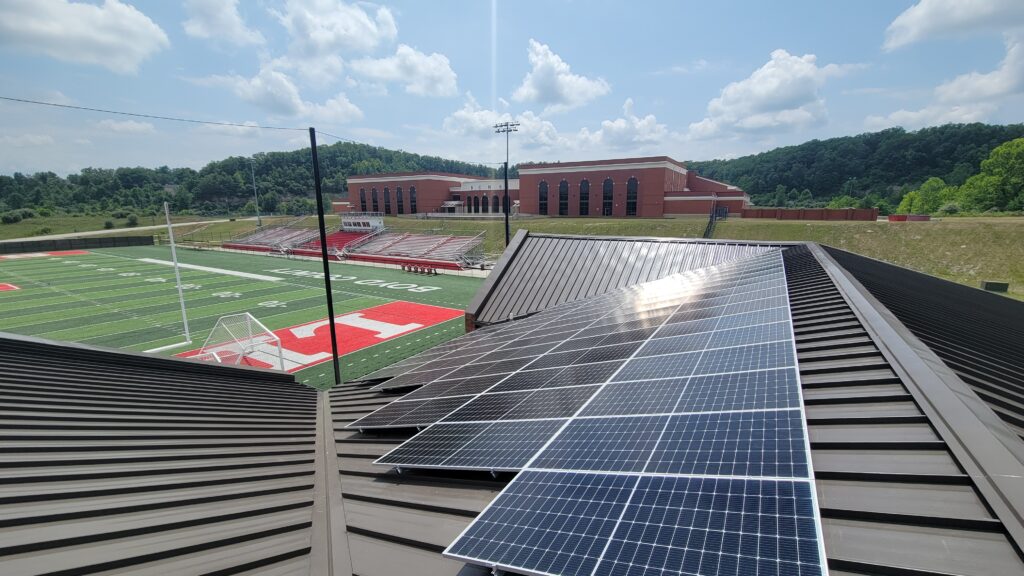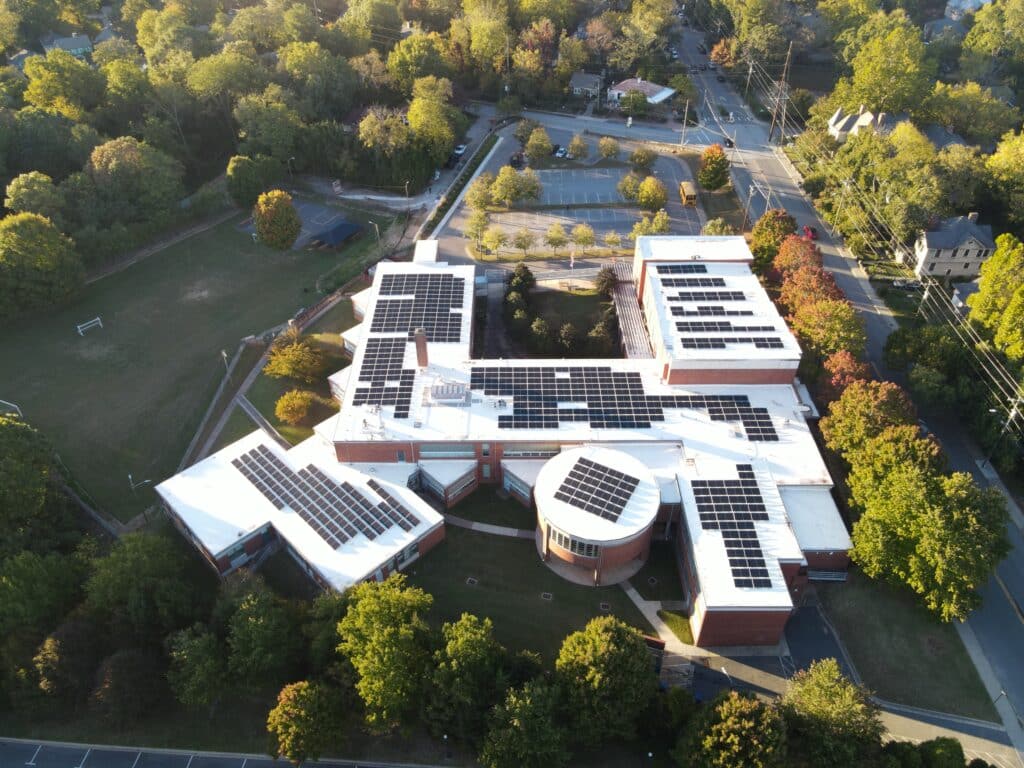When it comes to the clean energy forecast, it’s easy to think the picture is grim at first glance–from industry layoffs and production delays due to coronavirus to the EPA’s rollback of auto emission standards. Fortunately, there’s a lot more to the story.
Here are five good reasons to have a healthy amount of optimism about the future of clean energy.
1. Renewables like solar, wind, and storage remain poised to grow over the long term, despite short-term industry setbacks brought on by the pandemic. Though supply chain disruptions, job losses, and other challenges have hit the clean energy industry hard, its momentum can’t be stopped. The sector is expected to account for close to 21 percent of electricity use in 2020, up from 18 percent last year. As a recent analysis noted: “Not only will wind, solar, and storage continue to decrease in cost and become increasingly attractive compared to fossil fuel alternatives, but demand among corporations, consumers, and utilities alike will continue to expand in the future.”
2. After a COVID-19 slowdown, electric vehicles will keep on rollin’ (out of the showroom) especially if the Moving Forward bill that just passed the U.S. House becomes law. Pre-coronavirus, U.S. EV sales were up to 1.5 million in 2019, with more than 40 different models of EVs on the market from almost every automaker. Despite a projected 43 percent drop in EV sales this year (comparable to the brutal hit on gas cars as well), consumer confidence is expected to return after the outbreak is over. Notably, the Moving Forward Act, a $1.5 trillion bill that passed the U.S. House on July 1st, would expand the U.S. EV charging network, among other good stuff.

3. Fossil fuel industries are encountering massive, structural setbacks, making room for large-scale adoption of cleaner, cheaper renewable energy sources. Coal was already in structural decline, but decreased demand brought on by coronavirus have sent both coal and oil spiraling downward. On top of this, two huge natural gas pipeline projects registered huge defeats thanks to sustained efforts from environmental groups and indigenous tribes: the Atlantic Coast Pipeline (a $3.4 billion attempt to perpetuate Americans’ dependence on natural gas) was abandoned by two east coast utilities, while construction of the Dakota Access Pipeline was halted in response to a judge’s ruling. These changes help further pave the way to mass adoption to renewable sources like solar, wind, and electric power.
4. States continue to forge ahead with bold policies. A few weeks into the U.S. coronavirus outbreak, the Clean Energy States Alliance (CESA) launched its 100% Clean Energy Collaborative, a project that aims to help states accelerate their clean energy goals through information-sharing among its 14 state members (plus Washington, D.C.). CESA isn’t your grandmother’s state environmental coalition. As reported by CleanTechnica, “It is spearheaded by states that wield considerable influence over the U.S. economy and, for that matter, the global economy.” Virginia just became the first Southeast state to join their ranks. In addition to states, over 160 U.S. cities have pledged publicly to work toward 100 percent clean energy goals.
5. New polls show that most voters want clean energy solutions (even conservative Republicans). In a new consumer poll, 70 percent of voters say federal stimulus funding should go toward renewable energy, not fossil fuels. A new Pew survey finds widespread support for clean energy across the political spectrum remains stable. For example, 80 percent of conservative Republicans said they support solar power.
This doesn’t mean that we can sit back and watch from the sidelines. On the contrary, consumer demand and citizen advocacy is needed now more than ever to help accelerate this transition as much as possible during this critical decade.
Generation180 is here to help with new information, tools, and resources you can use to get in the game and keep the good energy going.
Originally published in the 7/8/20 edition of our Flip the Script newsletter















